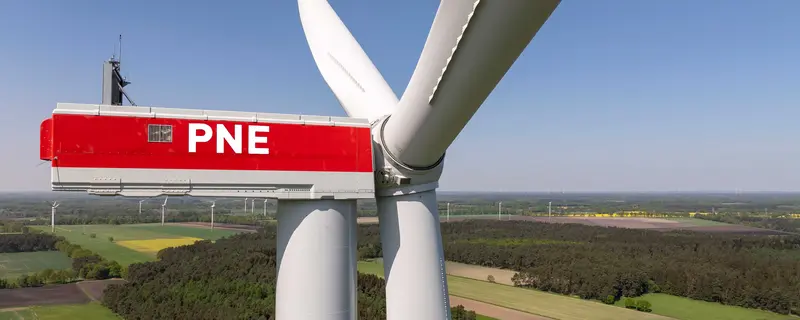Finnish state-owned company Metsähallitus will soon begin field surveys for the Korsnäs offshore wind project as part of an upcoming environmental impact assessment (EIA). The surveys will help select the most suitable route for a coastal electricity transmission line to Finland’s electricity grid.
The electricity generated by the Korsnäs offshore wind farm will be transmitted 15 km from the sea to the coast. Metsähallitus reports that on the coast, the submarine cable will be buried and successively replaced by an overhead transmission line. There are multiple options for the transmission line location route, so testing will be done at multiple locations.
In addition, wildlife surveys will be conducted for the specific transmission line route. Two to three biologists will be in the field at any given time. They will move along linear trails and collect field data on such things as frog habitat, squirrel habitat, and individual plant species. They have already designated nesting sites for woodland canaries in the spring. The study will begin in mid-June and continue through the summer.
The results of the field work will be compiled into a geographic dataset that will help the EIA process to select the most suitable electricity transmission route among the analyzed alternatives. Data on plant species and animal habitats, particularly those that are threatened or otherwise important, will supplement existing knowledge and help avoid interference with valuable habitats.
The nature survey is part of the environmental impact assessment (EIA) of the offshore wind farm, for which the procedure will begin later in 2022.
In the first phase of the project, 70-100 turbines with a nominal capacity of 12-20 MW will be built at the Korsnäs offshore wind farm. The Korsnäs project will therefore be the first large-scale offshore wind farm in Finland when it is completed in the late 20’s of the 21st century.
At this stage, the annual production of the offshore wind farm is estimated to be around 5,000 GWh. It would be enough, for example, to meet the electricity needs of 250,000 single-family homes with electric heating throughout the year. By comparison, Finland’s first offshore wind farm Tahkoluoto in Pori generates about 155 GWh of electricity per year.














